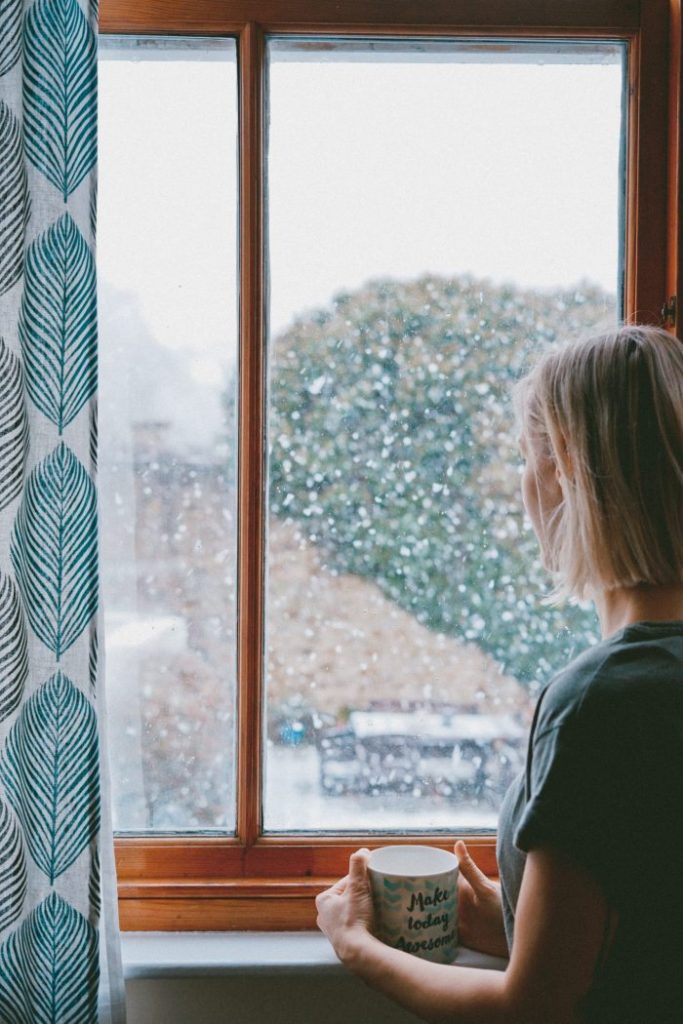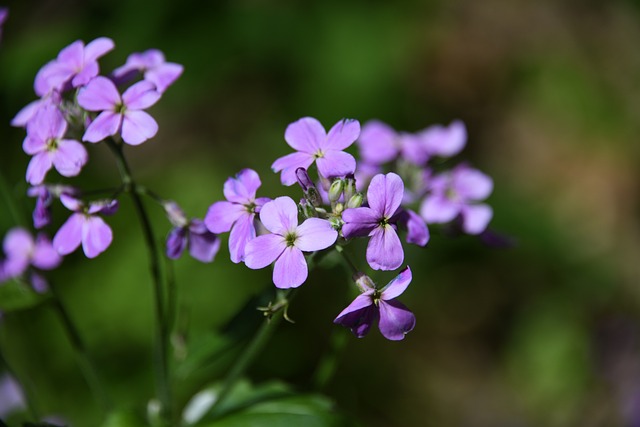
What’s going on in March in your native plant garden? Not much. I know we’re all eager to get back to our gardens after languishing inside this winter, but resist the temptation to clean up too early. Wait until the temperature is consistently above 50 degrees. All the little insects that have been hibernating in flower stalks and under leaves are still sleeping.
While you are waiting for them to wake up, think about what new natives you’d like to add this year. What does your garden need? Do you have plants that offer nourishment in early spring to feed insects emerging from hibernation?
Queen bumblebees, solitary bees, some butterflies, pollinator flies, and beetles are very hungry when they come out of hibernation in late March to early April. Queen bumblebees need to feed themselves with nectar. They also need to feed their larvae with nectar and pollen. Luckily, the earliest flowering natives fill that need while other food sources are scarce.







Some of the earliest blooming natives include Meadow anemone (Anemone canadensis), Bloodroot (Sanguinaria canadensis), Wood lily (trillium grandiflorum), Rue anemone (Thalictrum thalictroides), and Trout lily (Erythronium americanum).
Next to flower after the first early bloomers are Virginia Bluebells (Mertensia virginica), Wild Columbine (Aquilegia canadensis), and Woodland Phlox (Phlox divaricate).
Spring blooming shrubs include Red chokeberry (Aronia arbutifolia), Pussy willow (Salix discolor), Witch hazel (Hamamelis virginiana), native rhododendrons, and native azaleas. Spring flowering trees you may want in your garden are Serviceberry (Amelanchier canadensis), Redbud (Cercis canadensis), and Pagoda Dogwood (Cornus alternifolia).
All the plants I mentioned are important food sources for our native insects, so be sure to plan your garden with their needs in mind.
When it’s finally time to start spring cleanup in your garden, cut flower stalks down to 12 inches. Leave those 12-inch stalks in place, because tiny native bees make nests in them. As a bonus, the stalks will help new growth to stand up instead of flop.
One last tip: don’t forget to set up your mosquito trap, a.k.a. mosquito dunk bucket. I set mine up in mid to late March as soon as the weather hits 50 degrees. Why use a mosquito dunk bucket? Because the dunks are 90% effective. Toxic mosquito sprays, which also kill pollinators, are only 10% effective for killing mosquitoes.

Thank you for writing about the mosquito dunk bucket. I had never heard of it, but it’s definitely worth a go.
Thank you for your comment, Carolyn. If surrounding neighbors also used the bucket, there wouldn’t be any mosquitoes in your area. Please share the information with your neighbors.